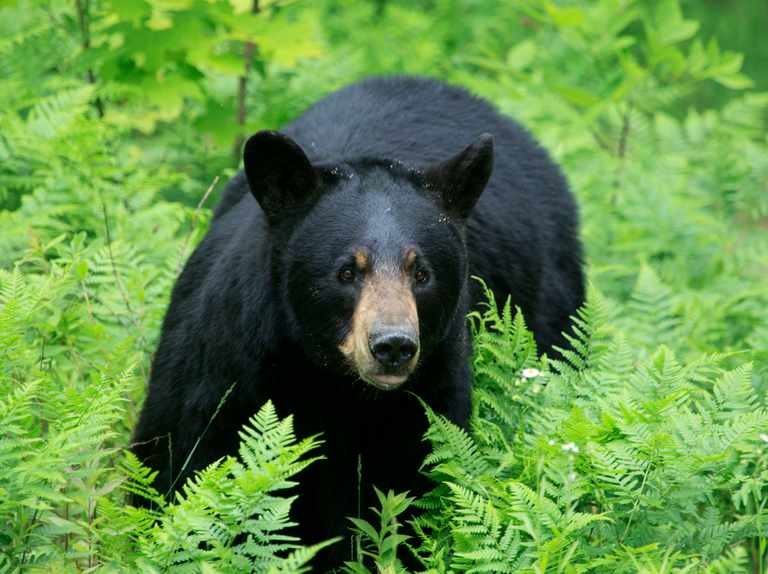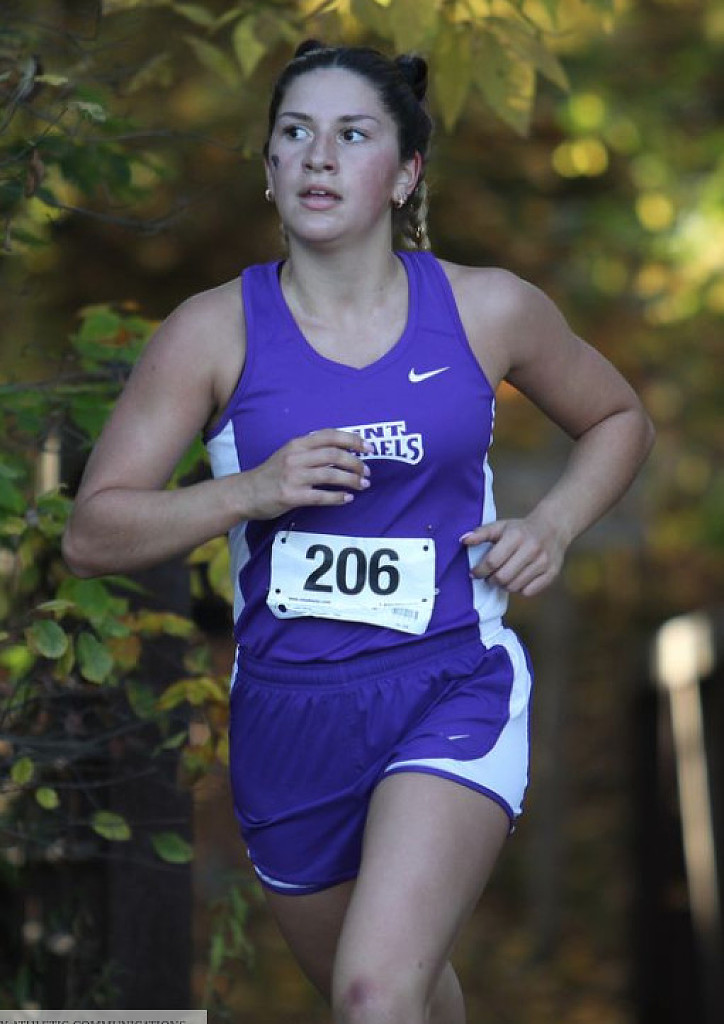Running News Daily
Running News Daily is edited by Bob Anderson. Send your news items to bob@mybestruns.com Advertising opportunities available. Train the Kenyan Way at KATA Kenya and Portugal owned and operated by Bob Anderson. Be sure to catch our movie A Long Run the movie KATA Running Camps and KATA Potato Farms - 31 now open in Kenya! https://kata.ke/
Index to Daily Posts · Sign Up For Updates · Run The World Feed
A College Runner Spends the Night Hiding in a Tree to Escape a Charging Bear
When a mama bear started chasing after her, she did everything she could to survive.
On August 18, Rachel Smith, 19, headed out for seven miles on the Big Otter Trail in the HaDaRonDah Wilderness Area, a trail she’s run dozens of times in her hometown of Old Forge, New York, tucked away in the Adirondacks.

Usually a morning runner, Smith, who’s on the cross-country team at St. Michael’s College in Vermont, left her house at 7 p.m. because work had kept her busy earlier in the day. She told her mom she’d be back in 90 minutes, tops.
Because of the fog, Smith opted to run on a snow-mobile trail instead of the main road, where cars would have a hard time seeing her. There’s no cell service where Smith runs so she never brings a phone.
Smith didn’t come home that night.
Just before the 3.5-mile turnaround, Smith saw two black bear cubs. An avid outdoors person—she attended Adirondack Woodcraft Camps for 12 summers—Smith knew the mama bear would be nearby, and she had to avoid getting in between her and her babies.
“I thought, alright, this is fine, I’ll turn around early. That’s okay,” Smith told Runner’s World. “I turned around and mama is already charging toward me.”
Black bears, Smith said, are supposed to be scared of people, and in the past, they’ve run from her. But it’s a different story when cubs are involved, so Smith started screaming and made herself big. (The National Parks Service recommends talking to bears in a calmed tone and making yourself appear larger than you are, but other organizations recommend yelling at the bear.)
“She was not having it,” Smith said. “I couldn’t run forward because the cubs were there. And I couldn’t go backward, so I went left into the woods.”
Smith ran, screaming the whole time, forcing her way through heavy underbrush, bogs, marshes, and creeks. Every time she turned back or slowed down she could hear the bear thrashing behind her. Smith kept turning left, using her arms to swim through branches and leaves.
“It was getting dark and [the bear] sees better than I do in the dark, and all I’m thinking is, I gotta keep moving,” Smith said.
Eventually Smith came to a tree shaped like a V, surrounded by smaller trees. She used those smaller trees to make her way up the larger V tree.
“I can’t just climb up any tree because bears can climb,” Smith said. “But by using those smaller trees, I crushed them and was thinking the bear can’t get to me because she’s too big.”
She threw her sports bra, socks, and shoes down at the bear to scare her off, leaving Smith with just her running jacket and shorts, wet and cold from the rain.
Smith doesn’t know how long the bear circled the tree, trying to climb up. All she could see was the animal’s eyes looking up at her. Smith’s Garmin watch—and her only light source—died at 9:47 p.m., leaving her in total darkness.
The temperature dropped into the 40s, and Smith did everything she could to stay warm. She couldn’t sit because of the shape of the tree so she alternated between standing on one leg and squatting, hugging the trunk tightly for hours until
“I couldn’t cry, because I needed the water. I peed myself again because I was scared shitless—thank goodness because [the pee] was so warm, and thank God I had something good to eat before I left,” Smith said. “I started thinking about the normal stuff you think about when you think you might die. What did I say to my mom and my sister? I told them where I was going and when I’d be back. I knew they were looking for me. But there was no civilization for God knows how many miles.”
At some point—Smith had no concept of time after her watch ran out of battery—there was a light in the distance, making a whirring sound. It was a helicopter. But it was too far away to see Smith.
When the sun came up, Smith looked around from her perch and didn’t see any sign of the bear. Smith jumped some 15 feet down from the tree and looked for her New Balance 1080 shoes and, unsuccessfully, her socks and sports bra. She took off running, heading east.
She heard sirens in the distance and knew she was heading in the right direction. And then Smith came upon a blue trail marker.
“I was like, “Oh my God, it’s a trail. It’s a horse trail,’” she said.
She took off her shoes—her feet were covered in blisters from running without socks—made a sports bra out of her rain jacket, and sprinted down the trail.
“I felt like I was sprinting, but I probably wasn’t moving that fast,” Smith said, laughing.
She hit the main trail from where she started the night before and then passed over Route 28, the main road.
“I knew I was going to make it home,” she said.
About a mile from her house, Smith saw her friend’s car—the entire town had been out looking for her—and her friend drove her home, where her family, fire trucks, and ambulances were waiting.
Smith went to the hospital, where she was admitted overnight for observation because bloodwork revealed she had toxins in her system. Because Smith’s muscles had been contracted for hours while hugging the tree trunk, the breakdown of the muscles released toxins into her bloodstream.
Later, as runners are wont to do, Smith calculated her distance and estimates she was chased for roughly five miles, and covered 12 to 15 miles to get home.
“I’m not at all surprised by Rachel’s tactics,” Molly Peters, coach for the cross-country and Nordic ski teams at St. Michael’s College, told Runner’s World. “Rachel is one tough cookie. She is a strong, intelligent, and quick-thinking person. That mama bear didn’t stand a chance.”
The rising junior will head back to school this week where she’ll continue to study pre-pharmacy and biology, with a minor in chemistry. And while local news outlets reported Smith was found safe, she is suffering from physical injuries, nightmares, and plausible post traumatic stress disorder.
“I wake up screaming. I can’t be alone,” Smith said. “All I want to do is go on a run to shake everything off, but [until I heal] I can’t.”
What happens if you encounter a bear on the run? Here are a few quick tips from Kate Kuykendall, an expert and spokesperson for the National Parks Service:
Move slowly—preferably sideways to give the bear space—and do not go between a mother and her cubs.
Make it clear that you are not prey.
If you have children, pick them up so they don’t appear small, and don’t turn your back.
If the bear is not in attack mode, speak in a low, calm voice to the animal and make yourself appear large by opening your jacket or holding a pack over your head.
If attacked by a black bear, try to scare it off by making noise and appearing as large as possible.
If attacked by a brown (grizzly) bear, play dead until (hopefully) the bear loses interest and wanders off.
by Runner’s World
Login to leave a comment




